Solving The Packaging Paradox
September 23, 2020 | 11 min to read
Consumers increasingly demand packaged produce for health safety reasons, yet desire sustainability. Retailers face the challenge of balancing these needs by offering convenient options while reducing plastic use. Innovations include biodegradable packaging and reduced plastic content, with many customers willing to pay more for sustainable packaging. Collaborations among retailers, growers, and suppliers are key to creating effective solutions amidst ongoing consumer trends and priorities for freshness and quality.
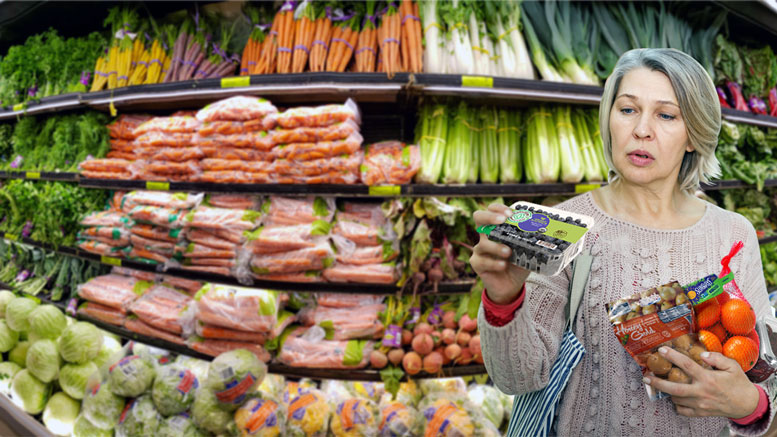
Originally printed in the September 2020 issue of Produce Business.
In the age of concerns about overall health and food safety, consumers are demanding more packaged produce, but is this counterintuitive to their sustainability desires?
A best-of-both-worlds solution is what retail executives are tasked to provide when it comes to fresh produce and packaging. On one hand, the mounting demand for fruits and vegetables marketed in consumer-style bags, boxes and clamshells is nothing new. Case in point, produce packaging was projected to grow 4 percent annually back in 2018, according to the Produce Packaging Market in the U.S., by the Cleveland, OH-headquartered Fredonia Group.
On the other hand, sustainability — especially when it comes to packaging — has become one of the biggest issues in the food industry today, according to the 2020 Sustainable Packaging Report, sponsored by the Fibre Box Association, P&G and Kwik Lok.
Now, with COVID-19 concerns about shoppers in stores touching loose produce, combined with greater retail food purchases driven by more cooking at home, consumers want the win-win of having their produce packaged and that packaging remains sustainable too. While retailers are on the front line to deliver on this paradox, the solution is one being driven by retailers, growers/shippers, packaging companies and consumers themselves alike.
THE PROBLEM
According to Jeff Cady, director of produce and floral for Tops Friendly Markets, a 157-store chain headquartered in Williamsville, NY, “We are seeing more demand for packaged products. I believe it is not only consumers concerned with other people handling their food or minimizing touchpoints along the supply chain but also the ease of buying something packaged. It gets them in and out of the store quicker.”
At Sunset Foods, a 5-store chain based in Highland Park, IL, it wasn’t too long ago that some 70 percent of produce was sold unpackaged. “Today, it’s more like 50-50, unpackaged to packaged,” Vince Mastromauro, director of produce operations. “This is especially true since the start of the COVID-19 pandemic. For example, we no longer have an open salad bar. Instead, we converted that area this summer to what we call our grilling bar, where we offer 2 packs of items like zucchini, peppers and eggplant that shoppers could easily grab, take home and grill. We’ll continue this upcoming with a fall theme.”
Grower/shippers are simultaneously hearing the call for more retail packs too.
“Our current demands have resulted in a 40 percent increase in bagged apple and pear movement over the past 4 months,” says Dan Davis, director of business development for Starr Ranch Growers, in Wenatchee, WA. “Throughout our pre-season apple planning meetings with retailers, the theme was clear: expect that trend to stay in place and possibly continue to increase even further beyond current levels.”

Yet, according to Jeff Fairchild, produce director at New Seasons Market, a 21-store chain headquartered in Portland, OR, even though he has heard customers call for added packing protection, this request has come with a caveat. “Our customers want either less packaging or sustainable packaging,” he says. “In general, sales of produce go up when it’s not in plastic.”
Sustainable packaging is a huge initiative for our retail customers that we have been collaborating on for several years now, says Janis McIntosh, director of marketing innovation and sustainability for Naturipe Farms LLC, based in Estero, FL. “Initially when COVID-19 hit, the retailers were scrambling to keep produce on the shelves. Now that things have settled down, we are beginning to interact more with retailers about their packaging initiatives again. More and more retailers are sending out yearly packaging assessments, primarily around plastic content.”
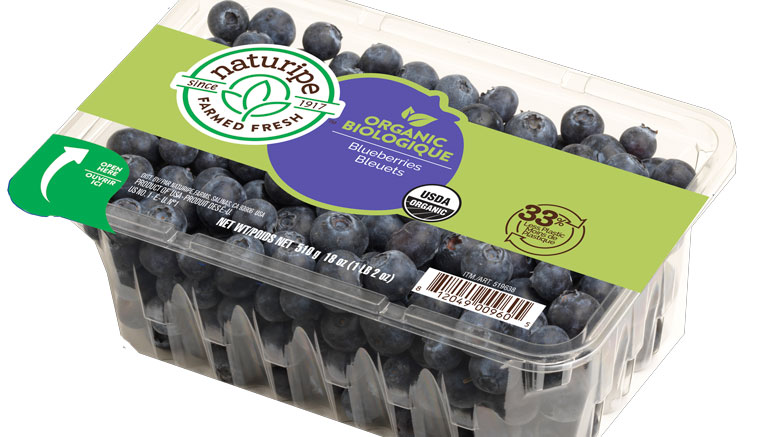
THE PRIORITIES & THE PROCESS
Overall priorities for produce packaging are “durability, shelf-life benefits, appearance — how it showcases the product — and cost,” says Tops Friendly Markets’ Cady. “When I look at packaging options, the decision tree starts with: Is this a more sustainable option than we currently have in place? If so, are there other options we should look at before making the final decision?”
At Publix Super Markets, Inc., a 1,252-store chain headquartered in Lakeland, FL, a primary objective is to seek out alternatives to plastic, says Maria Brous, director of communications. “We’re currently working with suppliers on different options, which include sustainable/compostable products to replace plastic. We have converted some of our products to a better, more recyclable plastic tray (PET #1). We also provide each store with recycling containers in front of our stores by the front doors. As it relates to compostable, we’re looking at all options from suppliers.”
For many retailers, it still comes down to cost, cost, cost, says John Paap, brand and product marketing manager for Jac Vandenberg, Inc., in Tarrytown, NY. “Retailers want sustainable alternatives at the same cost as traditional packaging. After cost, it’s keeping to the same packaging format. Many don’t want to see a ‘reinvention of the wheel’. They want to see a package they are used to seeing on the shelves but made/produced with sustainable alternatives.”
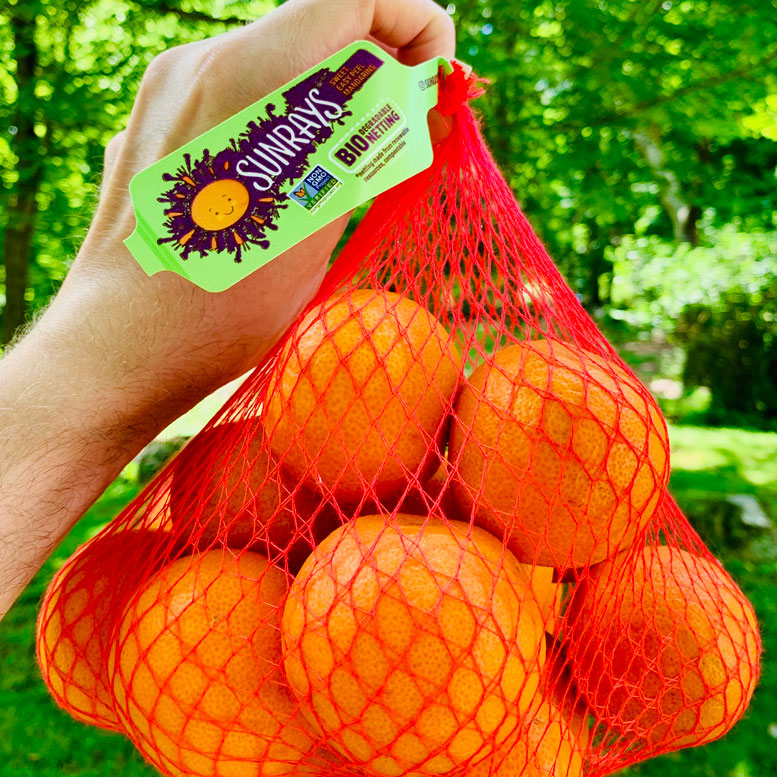
The process of deriving the right packaging for a certain fruit or vegetable item sold at a particular retail chain is multifaceted. There’s no one-size-fits-all or right or wrong. For example, some decisions are driven “top-down” from the retailer. Oftentimes, this will be the produce director.
“It’s my initiative to get rid of plastic. We use paper, pulp or cardboard instead. When we do look at a new pack type, we run it by our corporate sustainability person and include her in the process,” explains New Seasons Market’s Fairchild.
Other times, it comes as part of a larger corporate initiative.
“Sustainability is a top priority and is listed as a strategic objective throughout all levels of leadership and is discussed often,” says Brous of Publix.
Packaging changes at retail, stemming from innovation introduced by the manufacturer or grower-shipper, happens too.
“Getting in front of the right people is a challenge, but when we do, these conversations are far more meaningful and productive. It may not result in an immediate deal, but it does provide critical insight to making improvements/adjustments to new packaging that will ultimately satisfy the retailer and consumer alike,” says Vandenberg’s Paap.
“Our suppliers are good about updating us on their latest packaging and listening to what we need to best make it work for our stores,” says Sunset Food’s Mastromauro.
Naturipe’s McIntosh agrees and adds, “Packaging has become very much a part of our meetings with our retail customers. Retailers want to know what we are doing to help them meet their goals.”
The current COVID-19 crisis has created some challenges in direct communication with customers, but the use of virtual tools has allowed the sustainability conversations to continue, says Carrie Cline, senior product manager for the Inline Plastics Corp., in Shelton, CT. “We continue to have a regular and ongoing dialog with our customers on their individual sustainability needs and on what we are doing to support these efforts.”
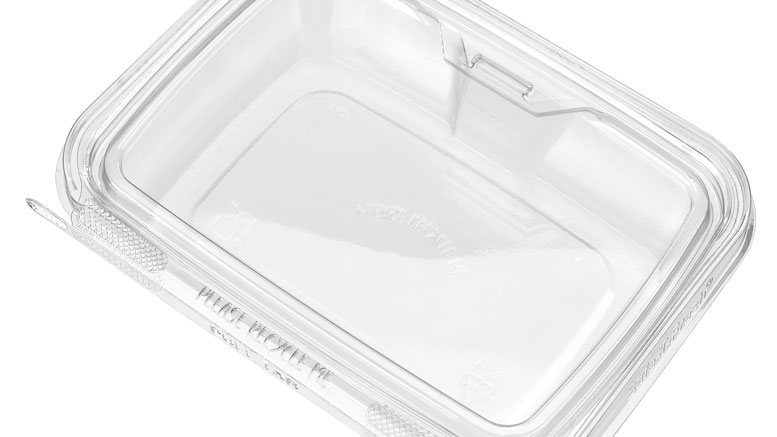
Lastly, sometimes it’s the customer that spurs the switch to more sustainable packaging.
“We’ve worked with retail customers who come to us because their customers ask why their berries, for example, might be in sustainable packaging during the summer, but not in the winter,” says Sara Lozano, marketing and product development manager for Sambrailo Packaging, in Watsonville, CA. “This has led us to work with importers too to create a sustainable packaging program for a particular category on a year-round basis.”
FULFILLING CONSUMER NEEDS
Nearly three-fourths (74 percent) of U.S., European and South American consumers surveyed said they are willing to pay more for sustainable packaging. This is according to April 2020-published research from Youngstown, OH-headquartered Trivium Packaging, developed in concert with the Boston Consulting Group. With overwhelming support like this, there appears to be no price-point roadblock when retailing fresh fruits and vegetables in sustainable packaging.
“Sometimes purchase behavior doesn’t reflect what consumers say,” says Nicole Flewell, director of sustainability for Taylor Fresh Foods, LLC, in Salinas, CA. “We have noticed that our retailers are not letting up on their sustainability goals. If anything, they are doubling down. That said, the consumer focus is different. Their priorities are freshness, quality and convenience, in that order.”
The retail and processor industries are price-sensitive, as their customers desire the most value from the items they purchase, agrees Inline Plastics’ Cline. “However, the lowest price solution may not be the best solution in terms of profitability, as there are several other factors in play. These include how the product merchandises, how well it is protected (tamper-evidence), and how long a shelf life the packaging can provide, which can directly impact the retailer’s profitability.”
Profitability is always a factor, says Tops Friendly Markets Cady. “With that said, we can’t afford to be short-sighted. Our customers trust us to make the right decision. Sometimes it costs more to make the right decision now but will ultimately pay off in the long run when we retain those customers for years to come and earn their trust.”
PRODUCTS IN THE MARKETPLACE
With the problem defined as the explicit need for sustainable produce packaging, the functional and eco-friendly priorities for this packaging defined, and the collaboratory process to solve this problem in place, what then are products currently available to ultimately satisfy consumers on this front? Here’s a sampling of the latest when it comes to bags, boxes and clamshells.
“Launched this summer, our latest packaging solution is our biodegradable netting for citrus bags produced by VPZ in Austria,” explains Jac Vandenberg’s Paap. “We like to call them our bio-bags. The netting is made 100% from beechwood pulp, is produced with 60% less greenhouse gas emissions compared to standard plastic nets, and is certified 100% biodegradable and home compostable. In other words, this package not only eliminates the use of plastic but also significantly reduces our carbon footprint.”
One of the most recent achievements by Starr Ranch is a pouch bag line for fruits, such as apples, that features a paper back and uses 25 percent less plastic.
According to Davis, “Plastic recycling is a key component to some, and we have evolved some of our packaging to a #2 film for bag production that can be a key component of that, with 66% of the US population in proximity to plants that can recycle #2 plastics. Other retailers are pushing for plastic-reduction percentages or complete elimination of plastic in their retail packaging. We have partnered with one of our retailers to implement a corrugated and fiber package that is completely plastic-free. The corrugated sell unit is in the market already and has performed incredibly well.”
At Naturipe, “Heat seal technology reduces the plastic content in our packaging by 33 percent. Last year, we increased the heat seal program by 400 percent, resulting in 24 metric tons of plastic removed from the packaging,” says McIntosh.
On the package-supplier side, clamshell packaging has revolutionized produce categories such as berries. Growers and packaging manufacturers have been working to decrease the amount of plastic and to use recycled materials to create more sustainable clams.
Recently, a plastic-free, 100-percent recyclable, wax-free cardboard pint-sized container called ReadyCycle was developed as an alternative to plastic clamshells for berries by Sambrailo Packaging. Currently, the company offers half-pint, 12-ounce and 16-ounce box sizes as well as trays for tomatoes, stone fruit, snap peas and kiwis as well.
“It’s amazing how the [ReadyCycle] line has grown this year with the challenge of COVID and the industry looking at things differently. For example, we’ve had our first requests for a 2-count artichoke pack in ReadyCycle,” says Lozano. “The same is true for fresh ginger, fresh figs and mushrooms too. Retailers either want to transition these products from loose to packaged or switch from plastic or Styrofoam.”
Many retail customers have zero waste plans in place, are looking to mandate 100 percent recyclable packaging used by 2025, and to integrate post-consumer recycled content, according to Inline Plastics’ Cline. As a result, “the majority of the products we manufacture are made with a clear substrate called rDPET, making us the first food packaging manufacturer in the United States to develop high performing food-grade packaging material infused with post-consumer content born from recycling at the molecular level, known as chemical recycling.”
Inline offers several lines of packaging made with rDPET in assorted sizes, shapes and with tamper-resistant technology. These are ideal for fresh-cut fruits and vegetables and pre-packaged salads.
Fox Packaging, headquartered in McAllen, TX, has created an eye-catching stand-up bag made of high-density polyethylene. The bag is lightweight, yet sturdy enough to stand upright and thus merchandises the product inside well on the shelf. Plus, the bag carries a sustainable #2 recycle code.
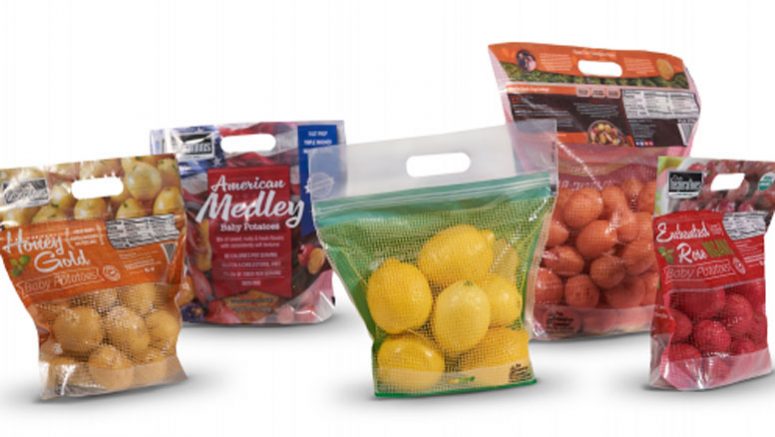
“Communication from retail buyers has been crucial. We’re seeing increased orders for small consumer pack sizes of 1, 2, 3, and 5lb, specifically for onions, potatoes, and citrus,” says Victoria Lopez, in marketing. “As members of the Sustainable Packaging Coalition, we’re approved to print the How2Recycle label on the packaging of customers who have opted to communicate a universal recycling language. This is especially important as retailers continue to gather data. This positioning also supports our recycling stream. If materials are being properly sorted, then the value of that material increases, and we are helping drive a market for post-consumer materials while creating more competitive pricing.”
10 of 25 article in Produce Business September 2020

